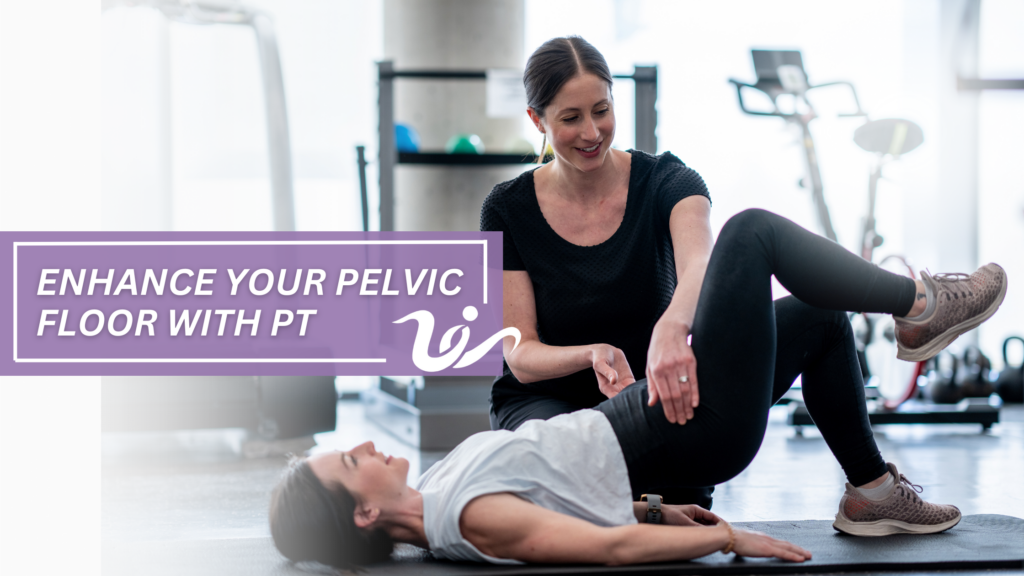As a physical therapist, I have the privilege of helping people feel their best every day. Whether you’re dealing with postpartum recovery, managing symptoms of aging, or simply looking to strengthen your core stability, understanding the role of physical therapy in maintaining and enhancing pelvic health is key.
Why Focus on Pelvic Health?
Your pelvic floor muscles play a critical role in your overall health. They support your bladder, bowels, and, for women, the uterus. When these muscles are weak, you might experience issues like incontinence or pelvic pain, which can be both uncomfortable and disruptive to your daily life. Thankfully, physical therapy offers a proactive approach to not just manage but potentially resolve these discomforts.
How Can Physical Therapy Help?
- Tailored Exercise Programs: Physical therapy begins with a thorough assessment to identify the specific needs of your pelvic floor muscles. From there, I create a personalized exercise program designed to strengthen weak muscles and relax those that are too tight, improving both function and endurance.
- Education on Proper Techniques: Many pelvic health issues stem from using the wrong muscles when performing daily activities, such as lifting heavy objects or even toileting. I’ll teach you the correct techniques to engage the right muscles, which can help prevent further complications.
- Hands-On Techniques: Certain conditions may benefit from manual therapy techniques, such as soft tissue massage or trigger point release, which I perform to help relieve pain and improve muscle function.
- Biofeedback: In some cases, biofeedback can be incredibly beneficial. This technique uses monitoring devices that provide real-time feedback, helping you learn to control and strengthen your pelvic floor muscles more effectively.
Tips for Enhancing Your Pelvic Health
- Stay Active: Regular general exercise helps maintain a healthy weight, which reduces pressure on the pelvic floor.
- Mind Your Diet: Constipation can put extra stress on pelvic floor muscles, so eating plenty of fiber-rich foods and drinking adequate water is crucial.
- Practice Good Toilet Habits: Avoid straining during bowel movements and take the time to empty your bladder completely.
Why Wait? Start Today!
Pelvic health might not be the first thing on your mind when you think about wellness, but its impact is wide-reaching. By incorporating physical therapy into your care routine, you’re not just working to solve a problem—you’re enhancing your quality of life, one step at a time.
If you’re experiencing pelvic floor concerns, or just want to know more about how physical therapy can help, don’t hesitate to reach out. Let’s work together to get you feeling your best!


